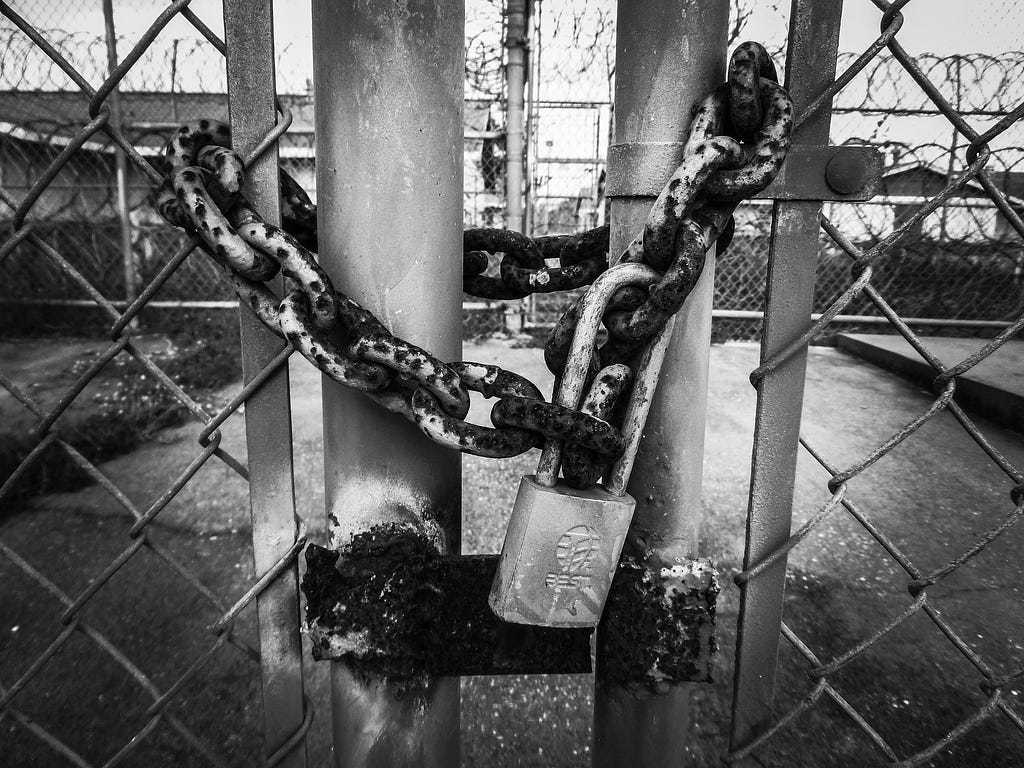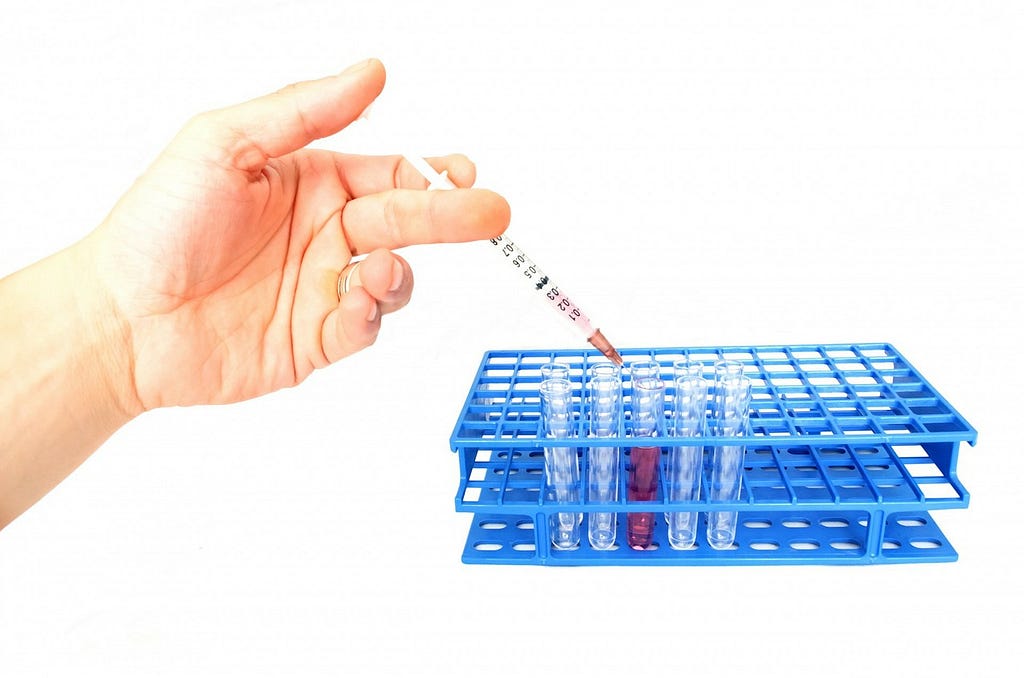Latest news about Bitcoin and all cryptocurrencies. Your daily crypto news habit.
 Image courtesy: Pexels
Image courtesy: Pexels
Drug addiction is a huge problem in the United States. From alcoholism to nicotine dependence to addiction to more serious drugs like opioids, the health implications and human/financial costs are significant. According to Regis College, deaths related to heroin overdoses increased dramatically from 2010 to 2016. By 2016, synthetic opioids took center stage in overdose deaths, with heroin trailing. The opioid crisis has reached the point where now opiate overdoses are the number one cause of death in individuals under the age of 50.
The healthcare costs of Illicit drugs alone exceed $11 billion annually, and overall costs including incarceration, crime, lost work, and productivity are $249 billion. Drug use is not just found in poor neighborhoods or among the homeless, but many middle class and wealthy Americans suffer too. Often these addictions are a result of over-prescribed narcotics or misuse of prescriptions following trauma.
The search for answers has been going on for years. From 12-step programs and addiction support groups to drugs used to ease the side effects of addiction or offer tapered dosing, many options are available. There is no one-size-fits-all solution, but the solutions that are out there have some things in common:
- Access Restrictions
- Random Testing
- Peer-to-Peer Accountability
- Lifetime Support
Thanks to new advances in technology, there are new ways to implement these solutions. While there have been experiments with apps and virtual/augmented reality, one game changer is the blockchain. Thanks to new developments, the software originally designed for cryptocurrency is able to help those struggling with addiction.
To review, or for those who don’t understand it, the blockchain is essentially a shared ledger stored on the computers of all parties involved in a transaction. Once a block is created, it cannot be modified or tampered with, and the system is both transparent and secure.
 Image courtesy: Pixabay
Image courtesy: Pixabay
Access Restrictions
If you know a recovering alcoholic, they typically do not have booze in the house, and may even request that you put yours away or lock it up when they come to visit. Still, access is hard to restrict entirely, and a lot of willpower is involved because alcohol is legal.
When dealing with illicit drugs and opioids specifically, it’s a different story. Many pharmacies now do not stock the pills or lock them up if they do. Where can blockchain help? By helping to secure the pharmaceutical supply chain. There are several factors involved in this, and blockchain can help with all of them:
- Prescription Abuse: The current prescription system is flawed, and while e-scripts are on the rise, it is still possible to forge prescriptions fairly easily. Using a blockchain prescription system, this can be nearly eliminated.
- Production and Distribution: There is increasing pressure for companies to simply ensure that no one gets their hands on these drugs other than those who should have them, and there are gaps in the production and distribution part of the supply chain. New programs like BlockMedx has been working on an end-to-end supply system using the Ethereum platform and crypto tokens to validate transactions.
- The Supply Process: Programs by Pfizer and Genentech have teamed up for the MediLedger project, an effort to use the blockchain to provide tamper-proof records of the drugs moving through the supply process, preventing counterfeit drugs from making their way into the system or for fraudulent theft.
Because of its immutable record keeping, the blockchain systems can also be used to alert doctors and pharmacists if something just does not look or feel right, and prescriptions can be easily revoked.
The principle is to keep opioids and other narcotics in the hands of those who legitimately need them and have legal prescriptions for them, and no one else. It is still important for individuals to safeguard these medications at home, but the process will make limiting illicit access easier.
 Image courtesy: Pixabay
Image courtesy: Pixabay
Random Testing
While the cat’s away, the mice will play. Often if no one is watching or checking on them, an addict will have a relapse. However, random testing, unless required by an employer or rehab, only works for a limited amount of time.
Enter the new app Hayver and the cryptocurrency Duitcoin, issued on the Ethereum platform. The app actually does a variety of things, but one of the most important is that it rewards users with cryptocurrency they can use to make purchases on the Hayver app. Users are selected at random to submit a urine sample using a home test kit. They must show the results to another person in their circle of support who then verified and records the results. Once the test is verified, the individual receives coin credits.
Co-founder and Chief Medical Officer John M. Copenhaver M.D. told CoinJournal the idea came from his own struggle with addiction: “I had retired my medical license years earlier so I was no longer in a physician’s monitoring program, meaning that I was no longer subject to random drug and alcohol screens,” he told them. “I knew that physicians and pilots have a five-year recovery rate, often in the ninety percentile, and the rest of the general public, now like myself, had around a 3 percent chance of abstinence for five years.”
The app is designed around the blockchain and its own coin offering to help others get that kind of accountability and support, increasing their chances of extended recovery.
 Image courtesy: Pixabay
Image courtesy: Pixabay
Peer-to-Peer Accountability
What the app is not designed to do is to replace traditional 12-step programs, and Copenhaver makes that clear. While these programs are necessary, Hayver is designed to be an additional support system that provides additional peer-to-peer accountability.
Each user has what is called a circle of support, with between 5 and 20 people who help keep them accountable. These can be family members or other addicts who are there for support. The user is required to check in to the app every day, and they can see how many days they have been sober, their check-in history, and the rewards (Duitcoins) they have earned to that point.
The idea is to broaden the peer-to-peer group to those beyond a physical group in one’s hometown. Of course, there is no real penalty for not checking in other than peer pressure, but if someone disappears from the group for too long, they can request that someone anonymously go check on that person.
Nearly every program will tell you that, like with any other chronic disease, daily maintenance is one of the keys to lasting recovery. The Hayver app provides that opportunity for users in a peer-to-peer environment.
 Image courtesy: Pixabay
Image courtesy: Pixabay
Lifetime Support
Recovery never stops. No matter how many years an addict is sober, the right circumstances can send them stumbling back down the road to addiction. With more powerful drugs like opioids, the odds of relapse are even greater.
The Hayver app and others are not really about the technology and the blockchain. Those are merely modern tools they use to reach and support people. The connections made on the app through the circle of support are intended to last a lifetime. There’s no expiration date on random drug testing. Dr. Copenhaver says it best: “My wife is the person I show my results to,” he adds. “And the impact it has had on rebuilding trust in our relationship is priceless.”
From helping to prevent wrongful access to peer-to-peer accountability and lifetime support, the blockchain helps those struggling with addiction, a welcome disruption in an area where we need all the weapons we can muster if we are to win the battle we wage against the opioid epidemic and other addictions
How the Blockchain Could Help Those Struggling With Addiction was originally published in Hacker Noon on Medium, where people are continuing the conversation by highlighting and responding to this story.
Disclaimer
The views and opinions expressed in this article are solely those of the authors and do not reflect the views of Bitcoin Insider. Every investment and trading move involves risk - this is especially true for cryptocurrencies given their volatility. We strongly advise our readers to conduct their own research when making a decision.